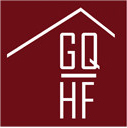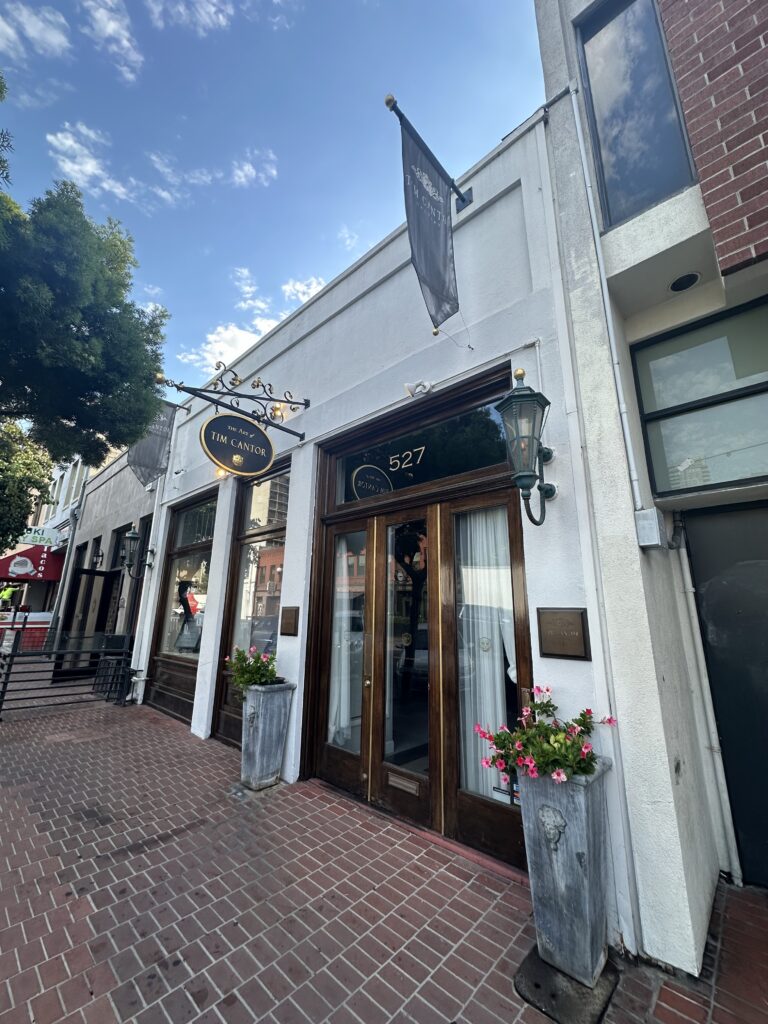Landmarks
The Art of Ironing : The Chinese Laundry
The Art of Ironing
The Chinese Laundry
1923
527 Fourth Avenue
Architectural Style: Early 20th Century Commercial
Architect: Unknown
In the United States in the late 19th and early 20th centuries, the occupation of laundry worker was heavily identified with Chinese Americans. This identification became so prevalent that it became the stereotypical occupation of an entire ethnic group. In the case of Chinese immigrants, the laundry industry was actually a practical solution for survival in a hostile environment, especially for those with a limited proficiency in English. In fact, the expression, No tickee, no washee,” became a popular way to mock these laundrymen, who spent six to seven days per week scrubbing, mending and ironing the pieces of clothing of other more privileged Americans. Workers in this wearisome profession earned twenty five dollars per month, but there were few other occupations available. The first Chinese laundry was opened in San Francisco by Wah Lee in 1851. This sparked an explosive growth in similar businesses throughout the West. San Diego was no exception. As the population grew, so did the need for quality laundries.
The modest lot that housed San Diego’s longest running laundry was sold by Alonzo Horton on August 26, 1867 to B.F. Mann for $25.00. Although there was no structure on the premises, Mr. Mann realized quite a profit when he sold it to George P. Marston for $500 on April 22, 1871. The next day, Marston sold the property to Archibald H. Julian for $700 in gold coin. Mr. Julian was a pioneer dealer in tin, stoves, pumps, and kitchen goods, and was also the treasurer of the San Diego Hook and Ladder Company, as well as the treasurer of the I.O.O.F.
The first significant structure on the property was built during Mr. Julian’s ownership. In 1887, the Sanborn Fire map shows an “L” shaped residence with the base of the “L” facing the rear of the lot. There was a small porch in the front of the structure and an outhouse in the rear. The building was rented out as housing. Unfortunately, the building and accompanying outhouse had disappeared and the lot was vacant by 1889.
By 1893, Mr. Julian had sold the property to the President of the El Cajon Land Company, George H. Mansfield. He, in turn, sold it to Emmanuel Daneri in 1903. Daneri used the lot as storage with a small shed and open stable on the property.
On January 15, 1923, Mr. Daneri sold the property to Jung Hong and Hom Yook Len for $10.00. Finally, the Chinese get a break! Indeed, an influx of Chinese in the area in the early 1920s resulted in the Hong Kong Gate restaurant, the Yven Tom Cafe and the Tai Sing Oriental Goods Store.
In 1923, the Hop Lee Chung Chinese laundry moved from 440 6th Avenue to 527 4th Avenue. They then constructed the building, which is essentially the same building standing there today. The entire structure was made of hollow concrete or cement block with a boiler room and an iron chimney in the southeast corner. The building was divided into two main sections with the laundry occupying the south half, and the north half serving as either a residence or a business. The northern half had a tile roof and was occasionally sub-divided. The Hop Lee Chong Laundry operated in nearly continual use from 1923 until 1964. The only exception were the WWII years when it was closed by the owner, Mr. Jung.
Some of the Asian stores in the northern half over the years were the American Company, the Sunset Company, and the Tuck on Tong Herb Company. Additionally. at various times, it also served as the residence of the owner or a laundry worker.
In the 1960s, a general demise of Chinese laundries resulted in the closing of the Hop Lee Chong Chinese Laundry. In 1964, the structure became Kelley’s French Cleaners and Laundry, which had two other locations in San Diego. By 1967, the Kelley Laundry had gone out of business, and the structure was vacant. It was used for storage until 1972.
In 1973, the Sharp Tool and Equipment Company began operations at the site, and remained until the early 1980s. Then, as the Gaslamp revitalization began in earnest, more varied and upscale businesses began to inhabit the old buildings. It gave them a new life and personality.
Tim Cantor moved into the former laundry in 2000, and created a serene and magical gallery of paintings, writings and antique treasures. Like the Victorians who purchased Alonzo Horton’s 100’x25’ wide lots, Tim has cleverly utilized the narrow but deep venue. In addition to the main gallery, a showing room, a beautifully appointed private office, a kitchenette, a toilette, and a spacious work studio flow effortlessly into the next adjoining area. The entire ambience is one of quiet beauty and calm. The renowned artist and his wife, Amy, now divide their time between the Gaslamp gallery, and a second gallery in Amsterdam, Netherlands.
Sandee is the historian and lead tour guide at the Gaslamp Quarter Historical Foundation. She can be reached at [email protected].

